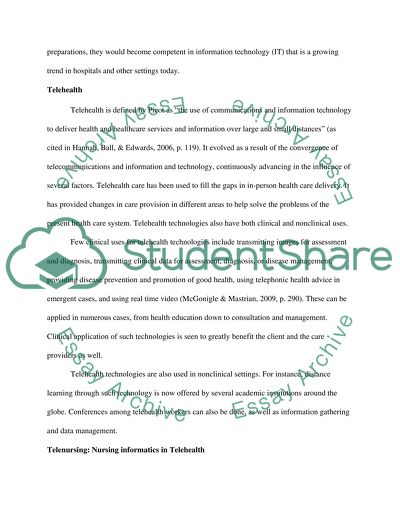Cite this document
(“How Nursing Informatics has Affected the Telehealth Industry in the Research Paper”, n.d.)
Retrieved de https://studentshare.org/family-consumer-science/1406802-how-nursing-informatics-has-affected-the-telehealth-industry-in-the-past-5-years
Retrieved de https://studentshare.org/family-consumer-science/1406802-how-nursing-informatics-has-affected-the-telehealth-industry-in-the-past-5-years
(How Nursing Informatics Has Affected the Telehealth Industry in the Research Paper)
https://studentshare.org/family-consumer-science/1406802-how-nursing-informatics-has-affected-the-telehealth-industry-in-the-past-5-years.
https://studentshare.org/family-consumer-science/1406802-how-nursing-informatics-has-affected-the-telehealth-industry-in-the-past-5-years.
“How Nursing Informatics Has Affected the Telehealth Industry in the Research Paper”, n.d. https://studentshare.org/family-consumer-science/1406802-how-nursing-informatics-has-affected-the-telehealth-industry-in-the-past-5-years.


